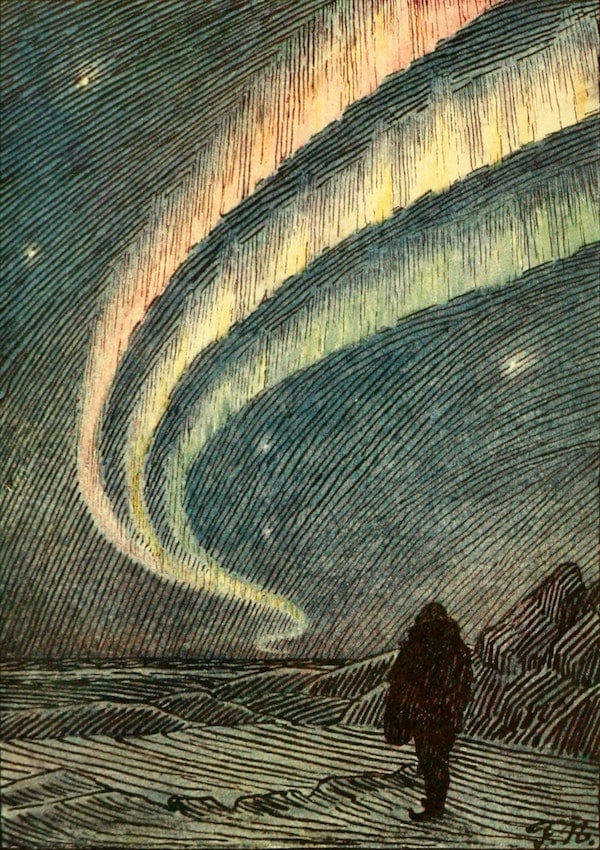I guess you already knew since your phone is working.
For such kind of stories, I would prefer reading an article from a science magazine over a random youtube video. Not everything need to be a video!
I don’t know what a Carrington event is but based on context, I’d wager it’s probably a huge solar flare hitting earth.
I had to look it up, the Carrington Event was a solar flare that impacted the entire globe and caused telegraph stations to set on fire in the 1800s. It’s the biggest magnetic storm in recorded history, and would lead to global devastation if another one that size impacted Earth due to our reliance on electronics
Thanks for the info!
deleted by creator
Just like all storms, the geomagnetic storm scale is imperfect. It maxes out at G5, so it’s possible for a substantially worse storm to be in the same category as what we saw last weekend.
The 2003 event produced the biggest-ever solar flare ever measured, an X45. That year, several BIG transformers exploded in South Africa. This event’s biggest so is 8.7. A lot depends on where it’s aimed at … but anyway , no, we are not prepared.
We know the real Carrington event was a much more severe storm because there were reports of the northern lights visible in the tropics.
I know nothing about how any of this works, and so what I am gonna say may be complete nonsense, but If the current one was weaker and the last powerful one was in the late 19th century, then this would hopefully means another “real” corrignton event will at least need more than a century and half to occur.
Unfortunately for us, the sun isn’t an egg timer, and it’s pretty much completely impossible to determine exactly when and how strong the next solar flare is until it’s hurtling through space and potentially in our direction (beyond general trends like solar cycles and such). Would be great if it worked like that though.
The current model predicts that the peak activity of this solar cycle will be next year. Theoretically, we haven’t seen the highest activity yet.
This isn’t a “random” YouTube channel.
The channel has 1m subscribers. It is by definition a random youtube channel to ~%99.9 of the population.
deleted by creator
No, we didn’t. It wasn’t remotely close.
Check it out! Technology survived a Carrington Event
Nope, that wasn’t remotely powerful enough to be compared to Carrington.
For such an event, we’d have to take preemptive measures to protect our power grids by mostly shutting then down and cutting various interconnects temporarily until the danger had passed, for example.
deleted by creator
Whenever the headline is a question, the answer is always no.
If technology survived, it wasn’t a Carrington event.
Using an IQ scale that only classifies scores into categories of 0-49, and 50+, I’ve determined I’m as smart as Einstein.
… which is to say, it’s a bit silly to assume a classification system with a “catch all” maximum is going to produce equitable results in that maximum range. (Not that they are bad systems, just that you can’t compare things in that range without qualifiers.)
Never mind that how directly a flare is aimed at the earth factors heavily, too.







